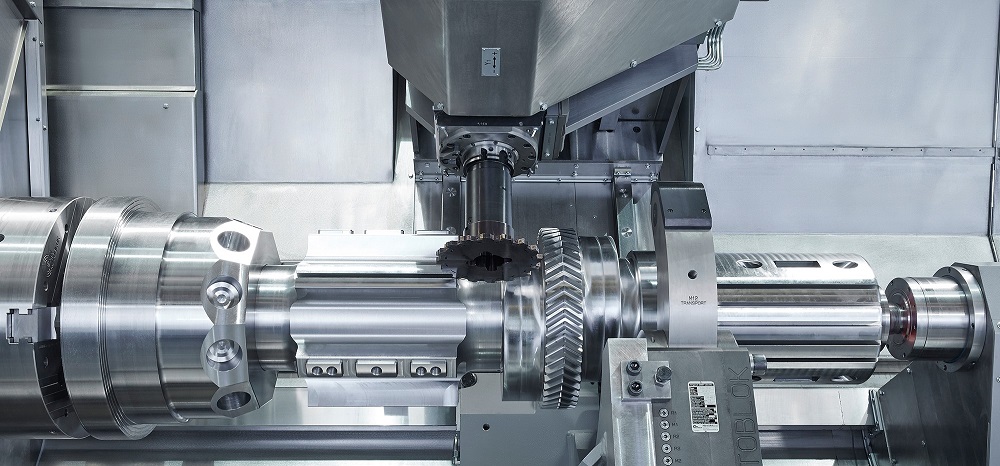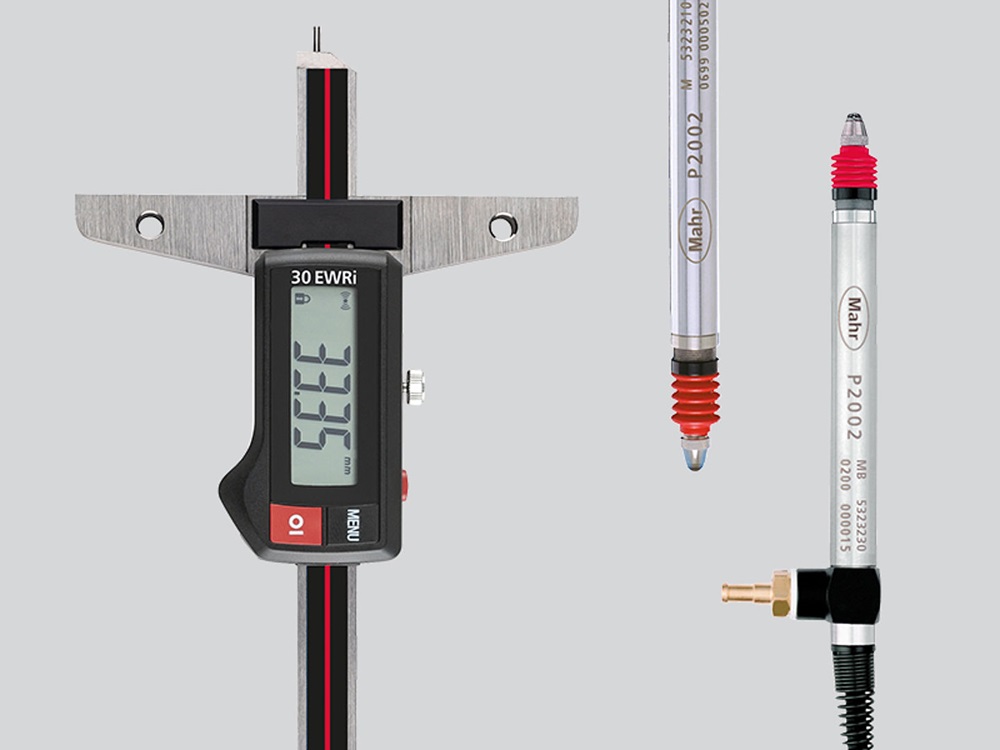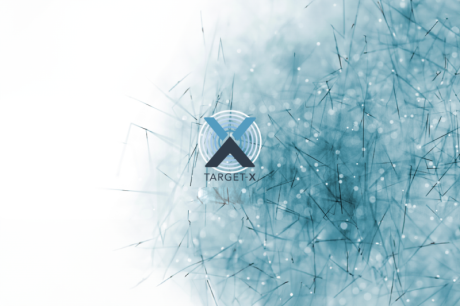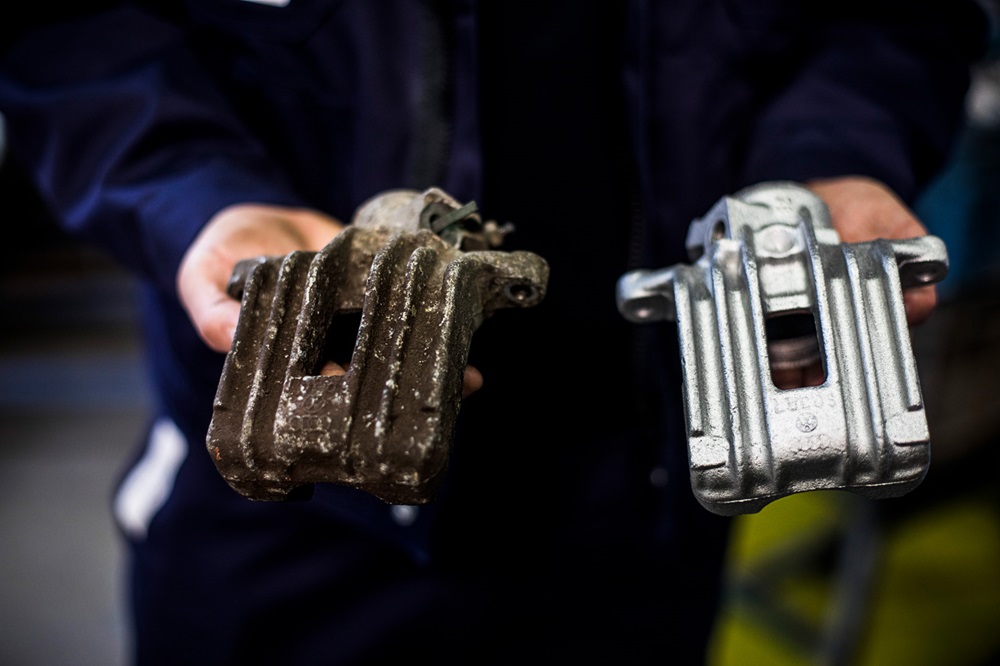There is no question that the automotive sector is one of the most competitive. Manufacturers continually strive to produce high volumes of vehicles, while responding to the challenges presented by different model variants, attaining and maintaining high quality levels, optimising maintenance procedures, and of course ensuring the safety of operators.
The transition to electric vehicles (EVs) and e-mobility also presents additional challenges in terms of increasing flexibility within manufacturing lines without compromising the high levels of productivity required to remain competitive. Another complication stifling these objectives is the fact that automotive manufacturing involves multiple processes across the various different stages of build, from parts production, assembly and finishing to powertrain.
At every stage in the manufacturing process, there is the need to connect a range of energies, including fluids, gases, electrical power, signals and air. Regardless of whether the business is an OEM manufacturer, equipment supplier or a systems integrator, energy management is a key part of production. Handled safely and efficiently, this can assist in achieving and optimising the performance and flexibility levels demanded by the sector.
The range of applications for energy management and connectivity are incredibly diverse, with solutions influenced by the specific requirements of each particular task. Within the press shop, for example, reducing tool changeover time plays a key role in maintaining the highest levels of productivity. It is not uncommon for there to be several changeover procedures in a single shift, as the press shop produces the different panel components required for the model(s) in build at the time. These transfer press systems will have multiple tool and die sets which need exchanging, in many cases automatically, and of course the different services to these tool sets also require disconnection and then reconnection quickly and reliably. Stäubli’s energy connections offer customised, innovative solutions for a range of applications within the press shop.
The body-in-white area within automotive manufacturing encompasses a wide range of different processes, as the various body panels come together for assembly to form the main vehicle structure. The processes here include spot welding, arc welding – MIG or TIG depending upon the metal, and increasingly, adhesive and sealant dispensing. Multiple robots, situated typically at various workstations on the transfer line, often perform the majority of these tasks.
Flexibility in this stage of production is paramount to allow the line to cater for different model variants, increased levels of personalisation on the vehicles, and different motive power options, such as petrol or diesel internal combustion engines, hybrids or fully electric powertrains.
With robots a key part of the production and assembly processes in this area, Stäubli’s automatic robot tool changers today form part of many OEM production facilities. With robot tool-changer product variants available for robot payloads up to 2500 kg, and for all of the mainstream robot manufacturers, Stäubli’s automatic robot tool changers find use for exchanging spot welding guns, component grippers and end-of-arm-tooling systems.
The ability to dock, release and collect different tool configurations, while at the same time securely connecting multiple services, not only ensures high levels of flexibility, but also makes it possible to maintain high productivity levels. Stäubli’s centralised connection systems and quick release couplings also see widespread use in other areas within body-in –white manufacture to facilitate quick and safe disconnection and reconnection of services.
The automotive paint shop is another critical area in the automotive manufacturing process, as the finish and standards produced here need to be of the highest quality and consistency to protect both the vehicle and the manufacturer’s brand. Stäubli technology makes it possible to achieve high-quality results through a line-up of industrial paint connectors. The company offers silicone-free quick-connection solutions for air spray guns, quality and inspection, maintenance and cleaning, and filling and draining.
In applications where manual spray painting takes place, Stäubli provide quick-connection solutions for this painting process. Easy-to-handle, the LAK quick couplings allow safe connection from the paint line to the spray gun. In addition, a drip-proof system on the end of the plug prevents the paint from dripping when disconnected, minimising paint loss. Versions are available for both water-soluble and solvent-based paints. Stäubli also offers quick couplings with anti-hose whip safety features for the compressed air supply to the spray gun.
The final assembly area in an automotive manufacturing plant encompasses multiple operations, many of which take place using power tools, some electrically powered, and others pneumatically powered or using a combination of different services. Once again, reliable and consistent connectivity is essential to meet the stringent production demands associated with an automotive assembly line. Stäubli’s connector technology plays a key role in achieving high productivity levels across many different applications including areas that use compressed air, and also at the fluid filling stations where each new vehicle receives its oil, fuel and water.
In addition to the assembly process, the main challenges in powertrain, both for EV and ICE (internal combustion engine), involve ensuring the proper functioning and interaction between different components (engine, motor, battery, inverter and so on) through operational testing. Stäubli develops solutions to meet individual customer specifications, such as the RPE range coupling designed in conformity with the different plug profile of components, type of fluids and the environment. The company’s quick connectors are compact and offer both ease of handling and high performance, even for processes that present accessibility issues. Stäubli’s multi-connection solutions are suitable for automated testing processes, providing simultaneous connections in a single operation.
As for all industrial environments, safety is a priority, especially where there are electrical and high-pressure applications. Stäubli’s expertise, innovations and continuous involvement in safety standards make it possible to guarantee operator welfare. The user-friendliness of these superior quality products is also an important factor in the design of these solutions, ensuring ease of operation and efficiency.
For further information www.staubli.com


















